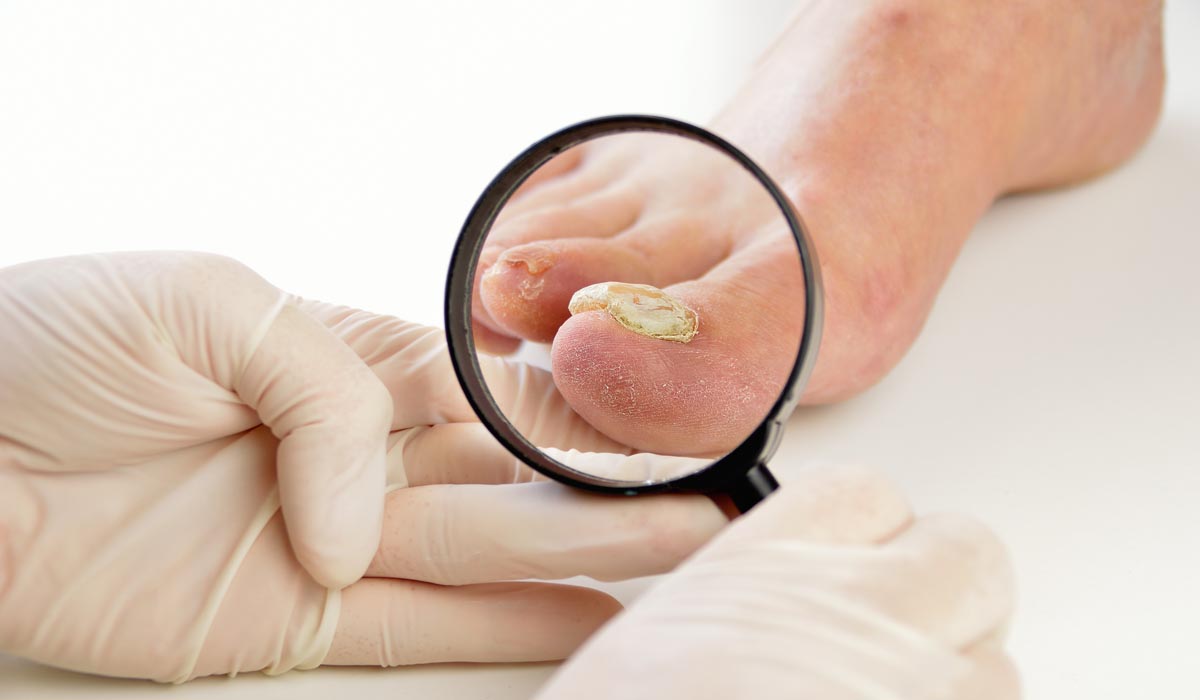Nails, often overlooked in the grand scheme of bodily health, are not just cosmetic features but also indicators of our overall well-being. They can reflect nutritional deficiencies, systemic diseases, and local infections. Nail diseases and disorders can range from cosmetically displeasing to functionally debilitating. Understanding the recognition and treatment of these conditions is crucial for maintaining both health and appearance.
Common Nail Disorders
- Fungal Nail Infections (Onychomycosis): This is one of the most common nail disorders, characterized by the presence of fungi in the nail bed. Affected nails appear discolored, thickened, and brittle. Treatment often involves antifungal medications, either oral or topical, and in severe cases, nail removal.
- Ingrown Toenails: This condition occurs when the edge of the toenail grows into the skin of the toe, causing pain, redness, and sometimes infection. Treatment may include trimming the nail in a specific way, lifting the edge of the nail, or in severe cases, surgery to remove the ingrown portion.
- Nail Psoriasis: Psoriasis can affect the nails, making them pitted, discolored, and prone to crumbling. Treatment focuses on managing the underlying psoriasis, often with topical treatments, light therapy, or systemic medications.
- Nail Fungus: Beyond onychomycosis, other fungal infections can affect the nails, leading to similar symptoms. Treatment is similar, focusing on antifungal medications.
- Paronychia: This is an infection of the skin around the nail, often caused by bacteria or fungi. It can lead to redness, swelling, and pain. Treatment involves antibiotics or antifungal medications, and sometimes, drainage of the pus.
Recognition and Diagnosis
Recognizing nail disorders often starts with observing changes in the appearance or behavior of the nails. Discoloration, thickening, brittleness, or pain can all be signs of underlying issues. A thorough examination by a healthcare professional, often a dermatologist or podiatrist, is crucial for accurate diagnosis. This may involve a physical examination, nail scrapings for lab analysis, and sometimes, imaging tests.
Treatment Approaches
Treatment for nail disorders depends on the specific condition and its severity. Common approaches include:
- Medications: Antifungal, antiviral, or antibiotic medications are used to treat infections. Topical treatments are applied directly to the nail, while oral medications are used for more severe cases.
- Surgery: In cases where medications are ineffective or the condition is severe, surgical options such as nail removal may be considered.
- Lifestyle Changes: Proper nail care, including keeping nails clean and trimmed, can help prevent infections and ingrown nails. Wearing breathable shoes and socks can also reduce the risk of fungal infections.
- Nutritional Support: Ensuring adequate nutrition, particularly of vitamins and minerals important for nail health, can help prevent some disorders.
Prevention
Preventing nail diseases and disorders involves good hygiene practices, such as keeping nails clean and dry, avoiding nail biting and picking, and wearing protective gloves when using chemicals or working with soil. Regular foot care, including proper trimming of toenails, can prevent ingrown nails.
Conclusion
Nail diseases and disorders can significantly impact one’s quality of life, both in terms of appearance and functionality. Early recognition and appropriate treatment are key to managing these conditions effectively. Consulting healthcare professionals for accurate diagnosis and treatment plans is crucial. With proper care and attention, many nail disorders can be successfully managed, allowing individuals to maintain healthy and attractive nails.
